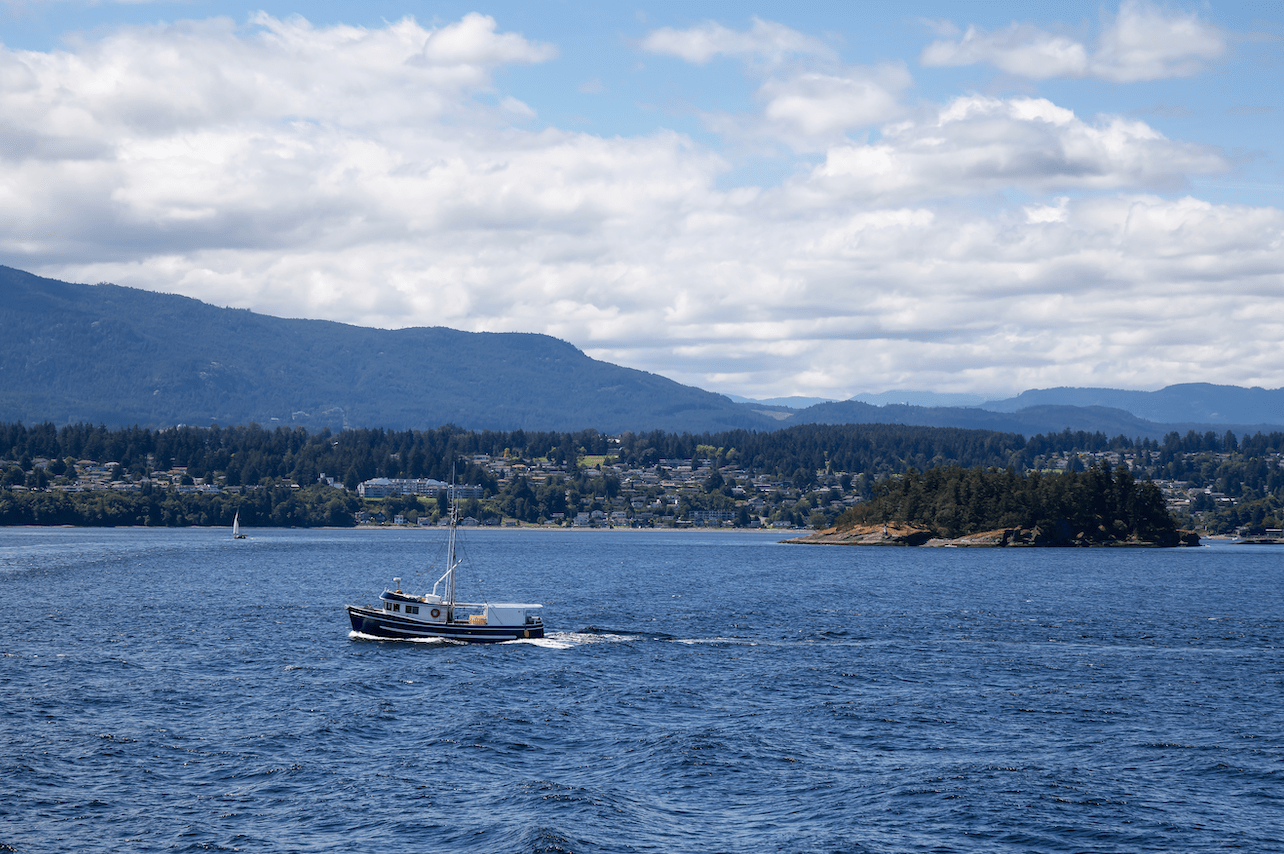ANACLA, BAMFIELD – The 76-kilometre stretch of unpaved industrial road on the west coast of Vancouver Island has been the site of numerous serious accidents over the years, claiming the lives of Huu-ay-aht members, as well as two University of Victoria students in a 2019 bus crash.
Funding for safety upgrades and hard surfacing the road with a seal coat will help make the road safer and more reliable. The project also supports the Huu-ay-aht vision for economic growth and diversification in the regional economy, supporting job creation for local businesses in forestry, tourism and construction.
After the fatal bus crash in September 2019, the Province struck a working group with Huu-ay-aht First Nations and local forest companies to explore safety and reliability upgrades and develop options for consideration.
The road is the main transportation link between Port Alberni and the communities of Bamfield and Anacla for medical, emergency and community access for Huu-ay-aht First Nations members, Bamfield residents, forest companies and their employees, and tourists. It is also the key route to the Bamfield Marine Sciences Centre.
The total cost of the three-year upgrade project is estimated at $30.7 million. The Province will contribute $25.7 million to the project. Huu-ay-aht will contribute the additional $5 million for the project and manage the project with technical support from the consulting firm Urban Systems. Huu-ay-aht will also provide in-kind resources, including gravel from gravel pits on their treaty lands, which are expected to result in significant cost savings for the project.
In addition to safety improvements from the seal-coat hard surfacing, due to its smoother surface, the seal-coat will cut greenhouse-gas emissions by decreasing travel times. Better travel times are also expected to reduce costs for the region’s forestry sector by about $16 million over five years, by lowering fuel consumption and reducing wear and damage to vehicles. The road will also have improved drainage through new and upgraded culverts, which will greatly reduce the likelihood of closures due to flooding. Improved drainage will also mean better road reliability for residents, industry and tourists during the rainy season.

